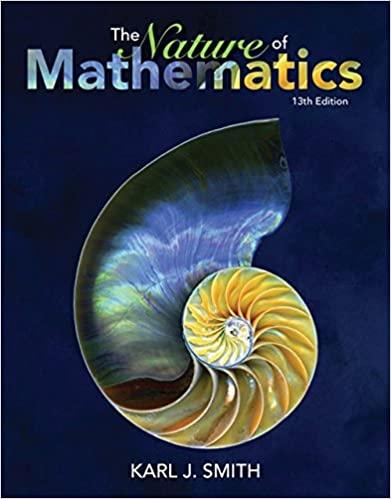In Problems 55-59, consider the following situation. A political party holds a national convention with 1,100 delegates.
Question:
In Problems 55-59, consider the following situation. A political party holds a national convention with 1,100 delegates. At the convention, five persons (which we will call \(\mathrm{A}, \mathrm{B}, \mathrm{C}, \mathrm{D}\), and \(\mathrm{E}\) ) have been nominated as the party's presidential candidate. After the speeches and hoopla, the delegates are asked to rank all five candidates according to their choice. However, before the vote, caucuses have narrowed the choices down to six different possibilities. The results of the first ballot are shown (choices, followed by the number of votes):

Answer the following questions and give reasons for your responses.
Who would win in a runoff election using the principle of eliminating the candidate with the fewest first-place votes?
Step by Step Answer:






